DECORATIVE PAINTING TOOLS TO VEIN AND GRAIN
"Shop tested - Job Proven"
Pierre Finkelstein’s brushes are developed for today's decorative painter and used by Pierre and his crew every day.
Subscribe to get special offers, learn about new products and trainings.
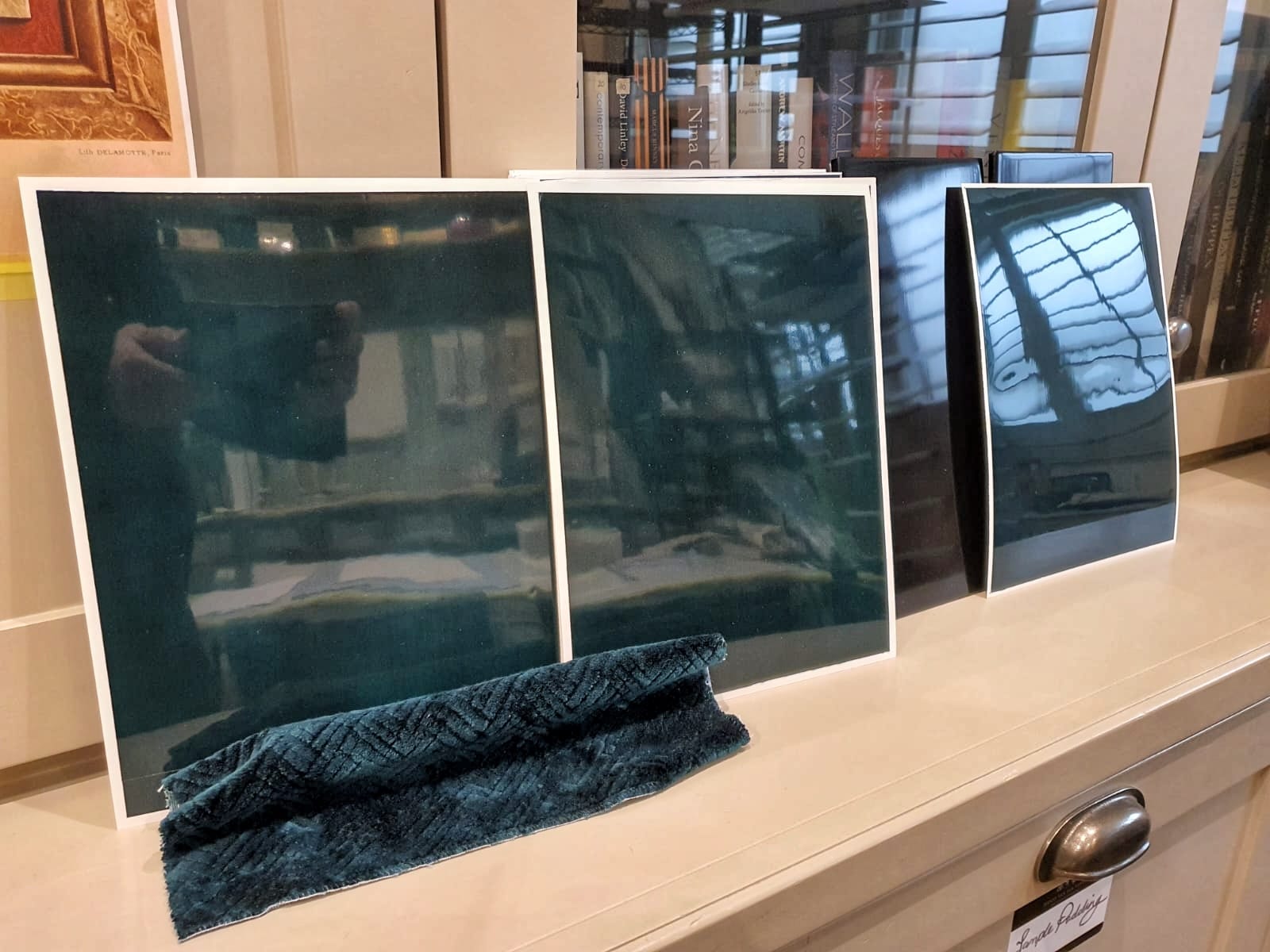
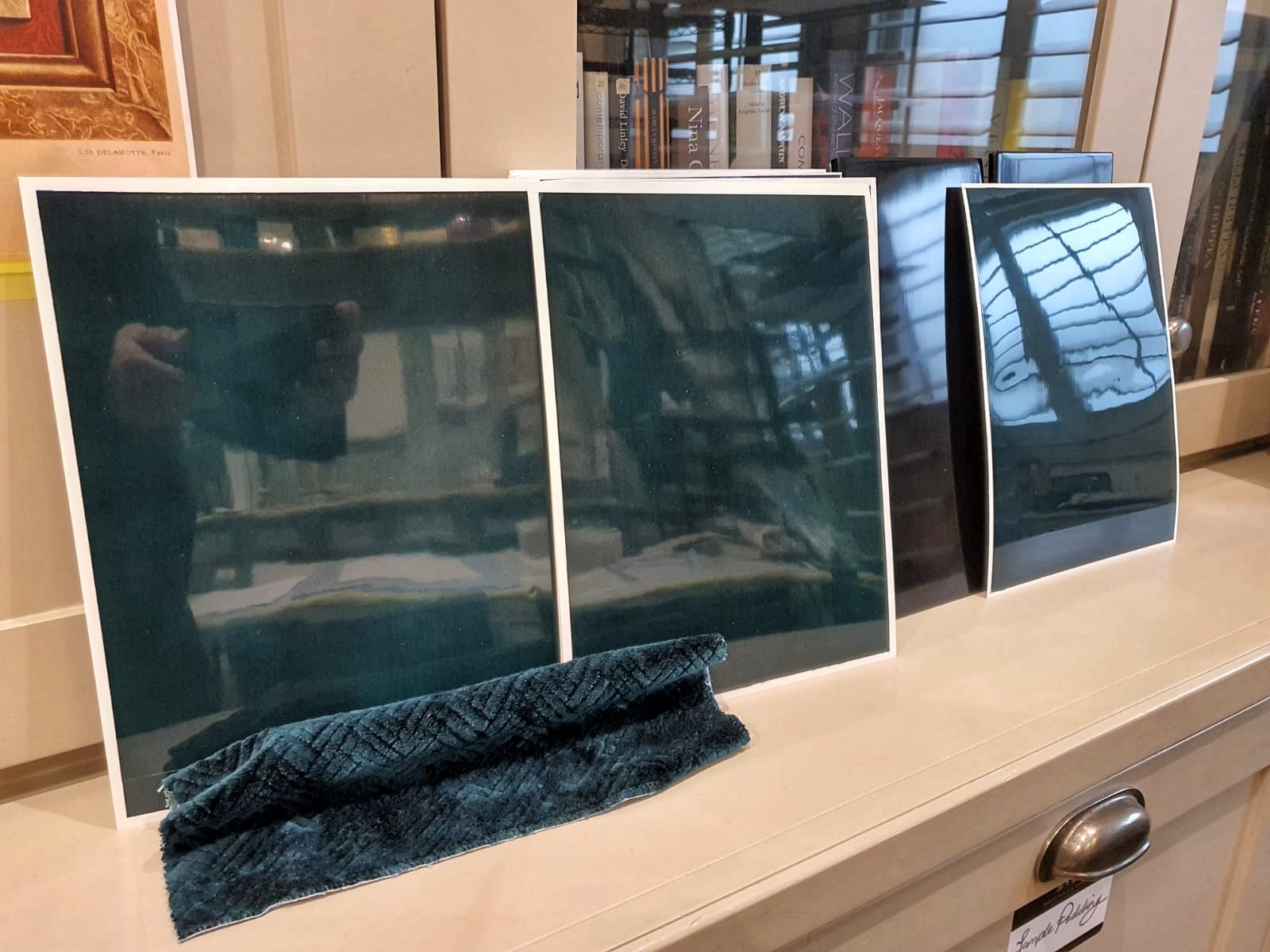
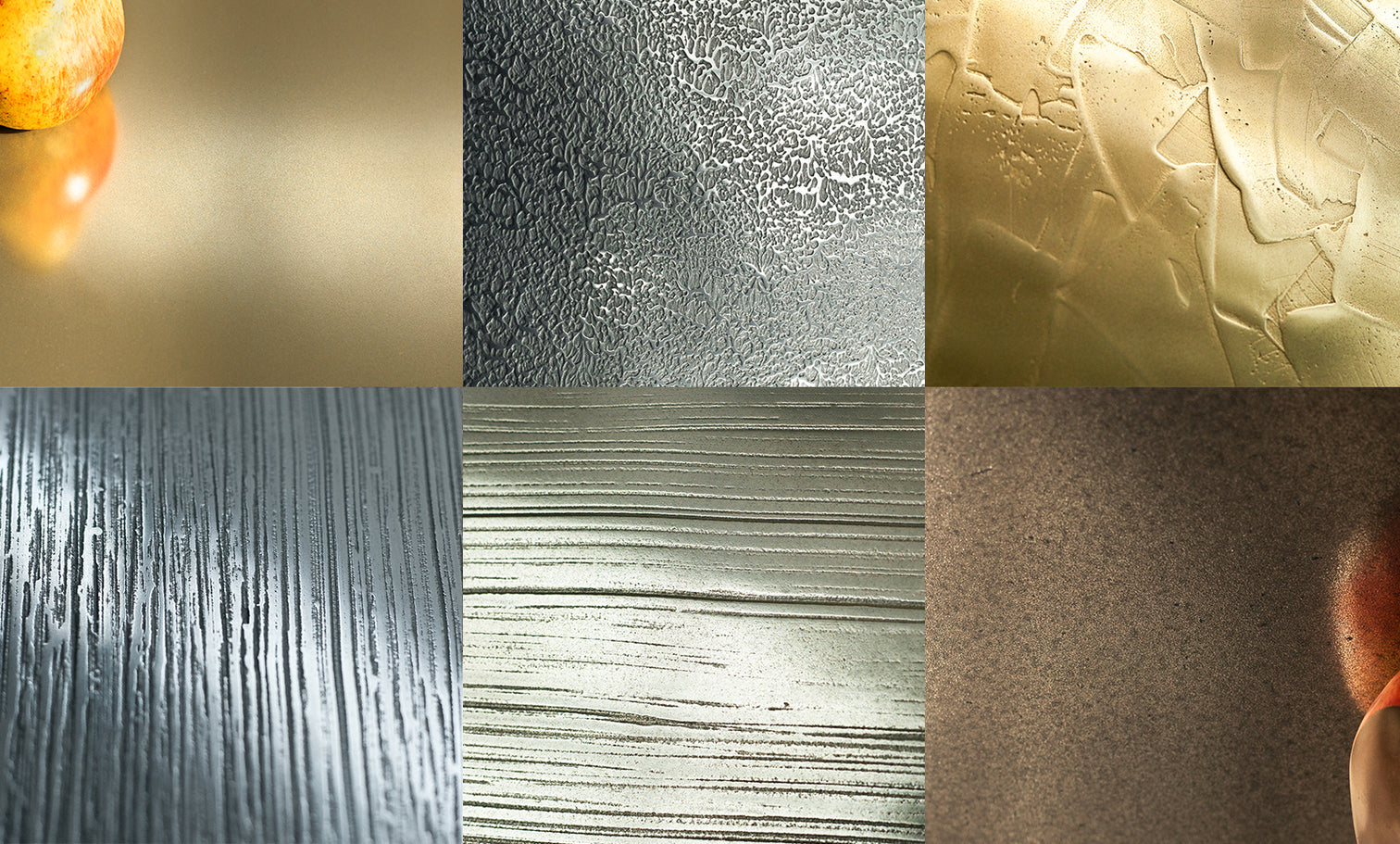
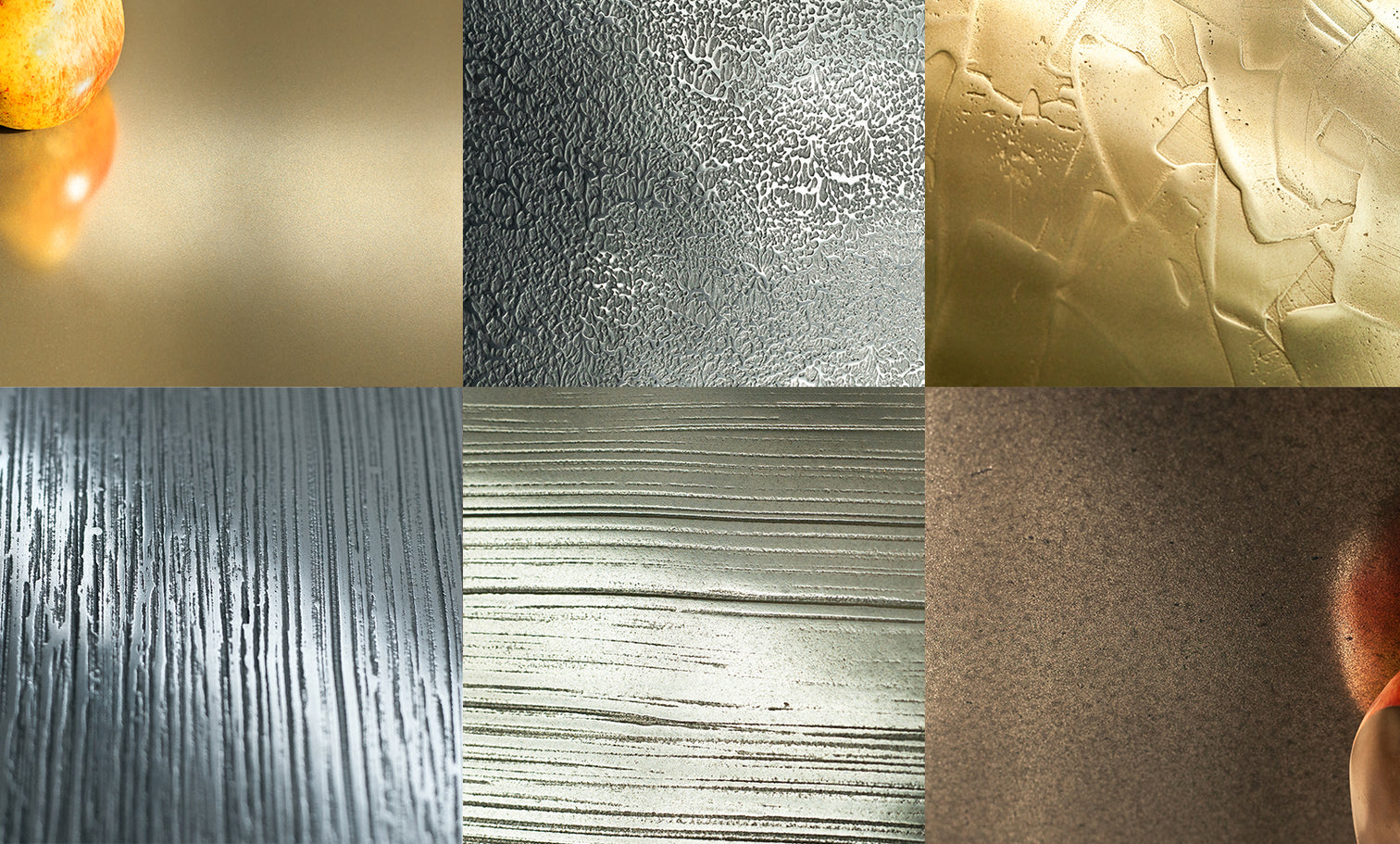
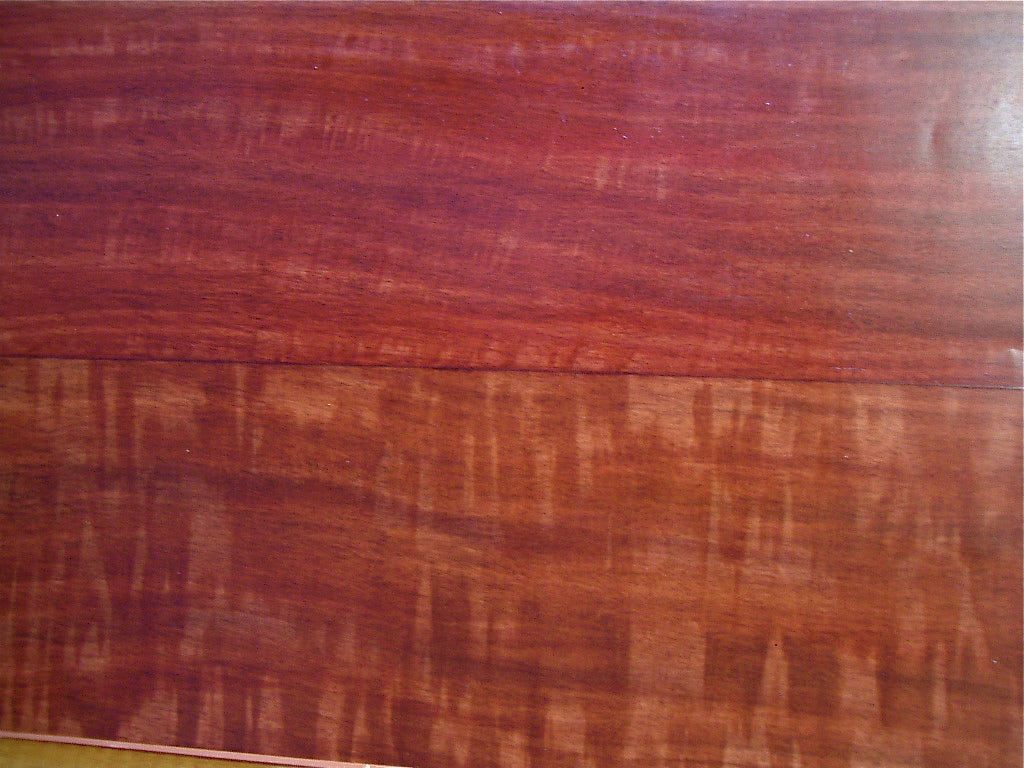
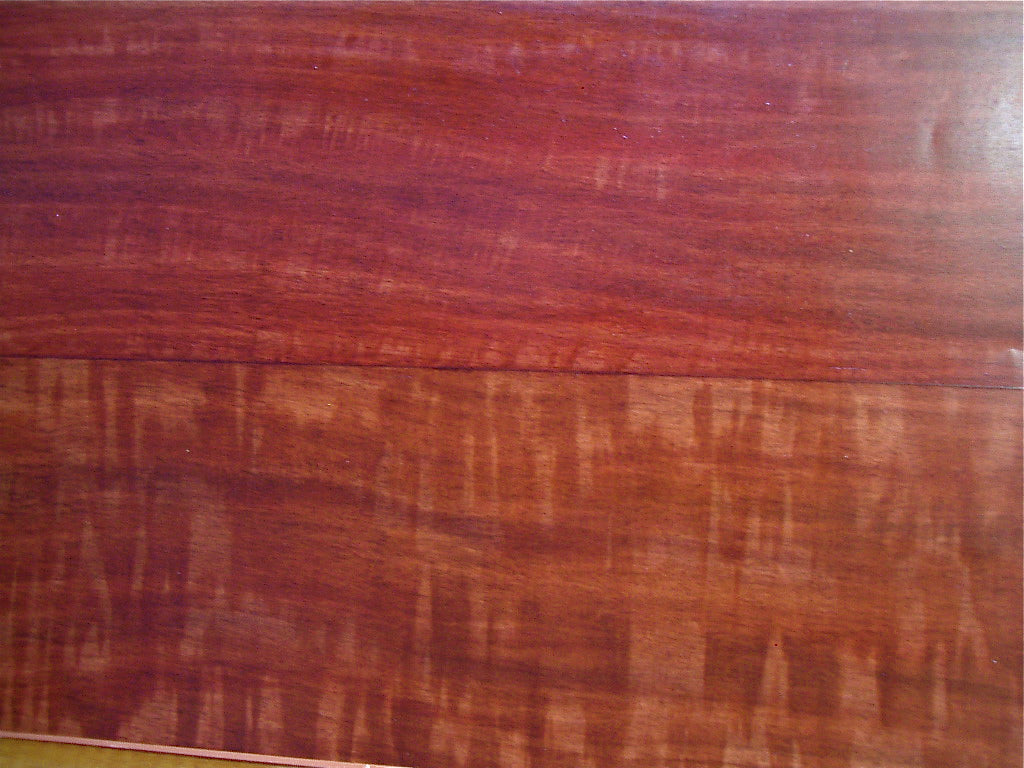
Pierre Finkelstein’s brushes are developed for today's decorative painter and used by Pierre and his crew every day.
Sign up and save
Subscribe to get special offers, learn about new products and trainings.
Learn the fine art of decorative painting with Pierre Finkelstein. Online and In-Person training Available.
Start learning or mastering your decorative painting skills now with our online courses.









